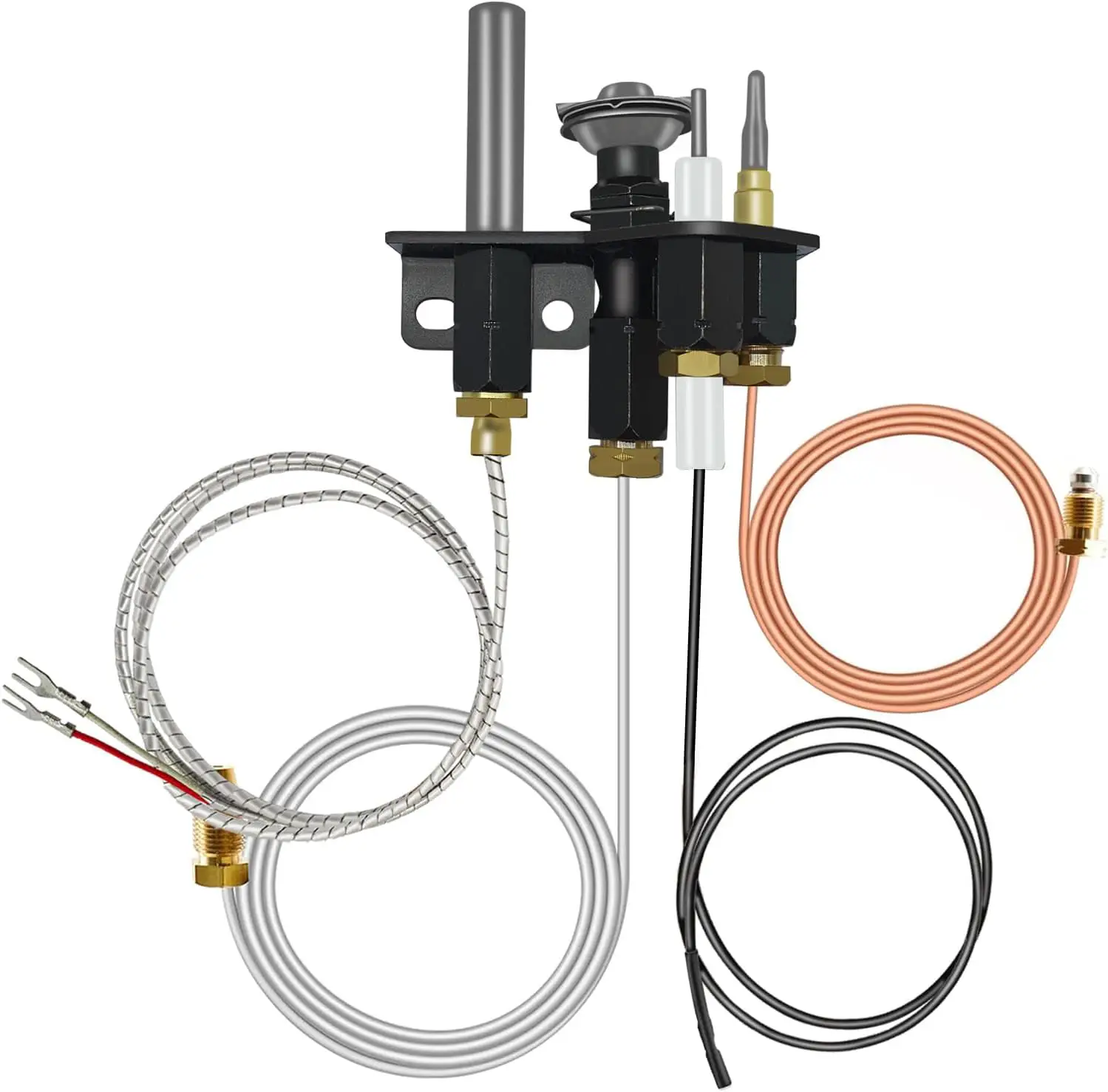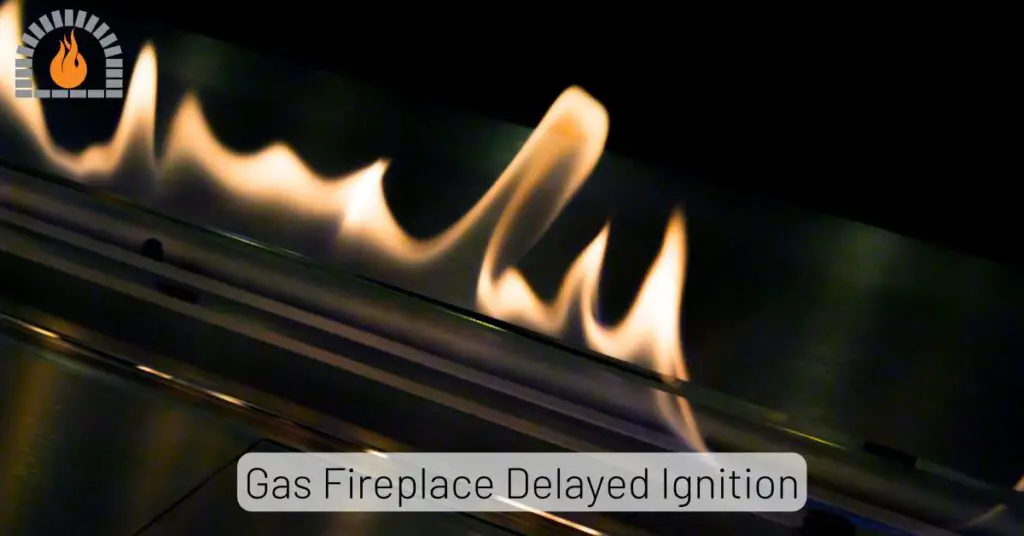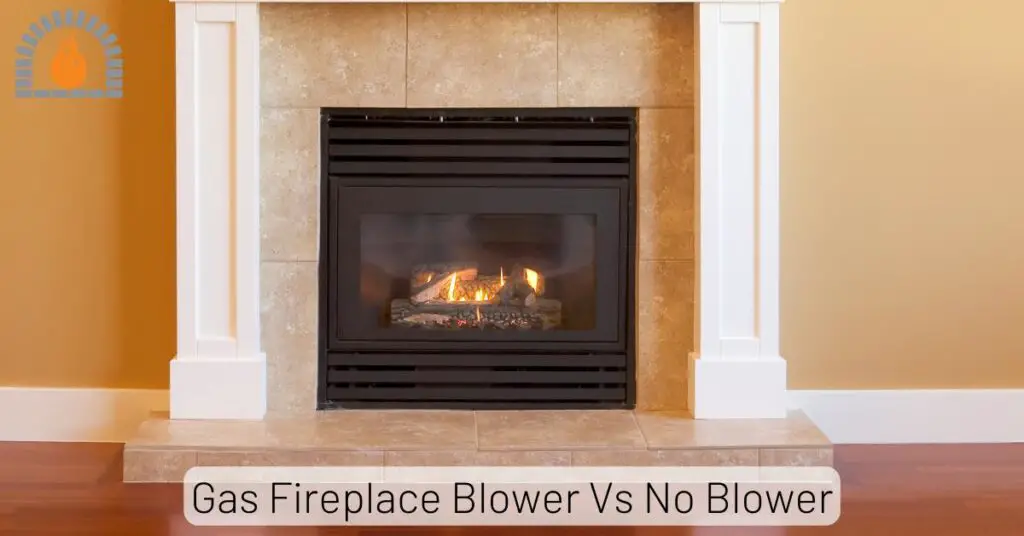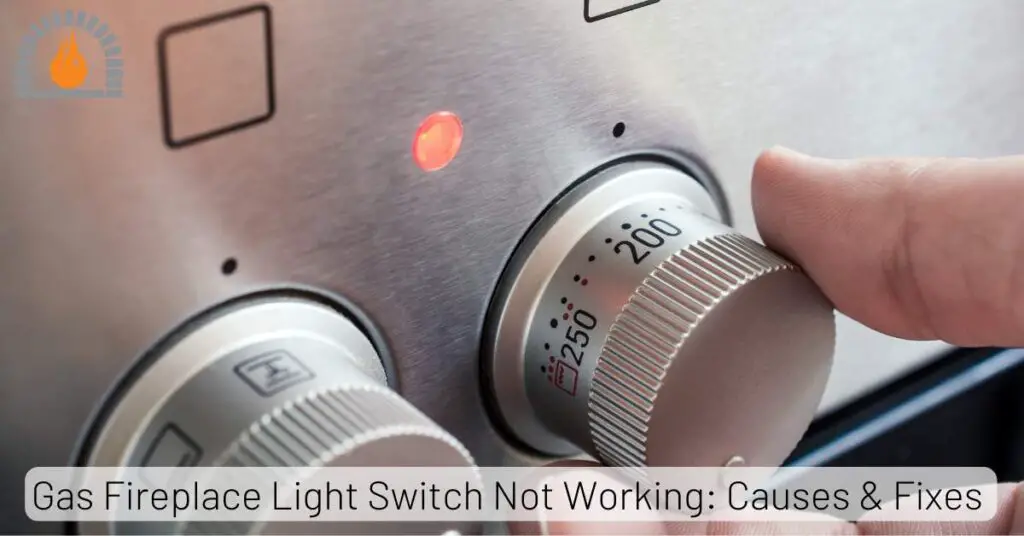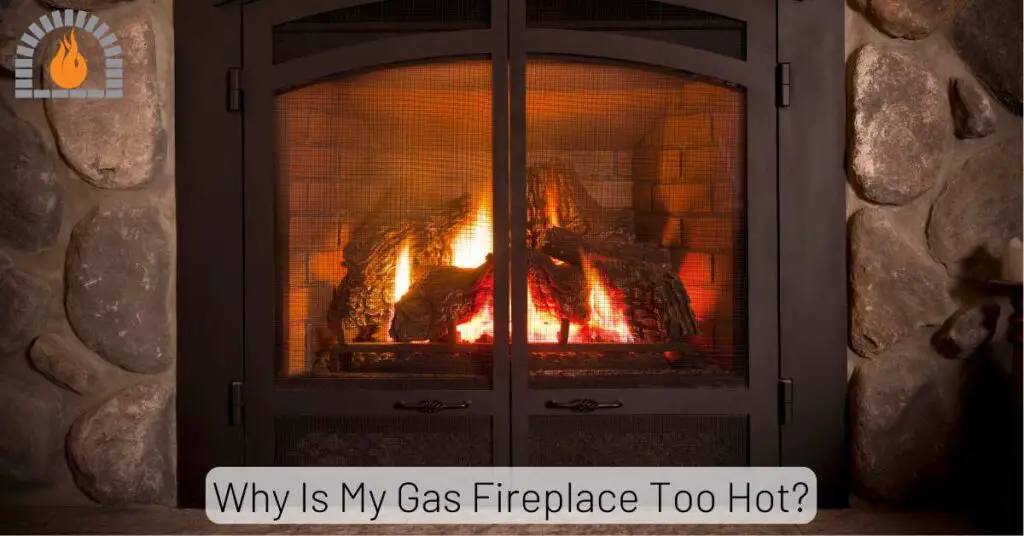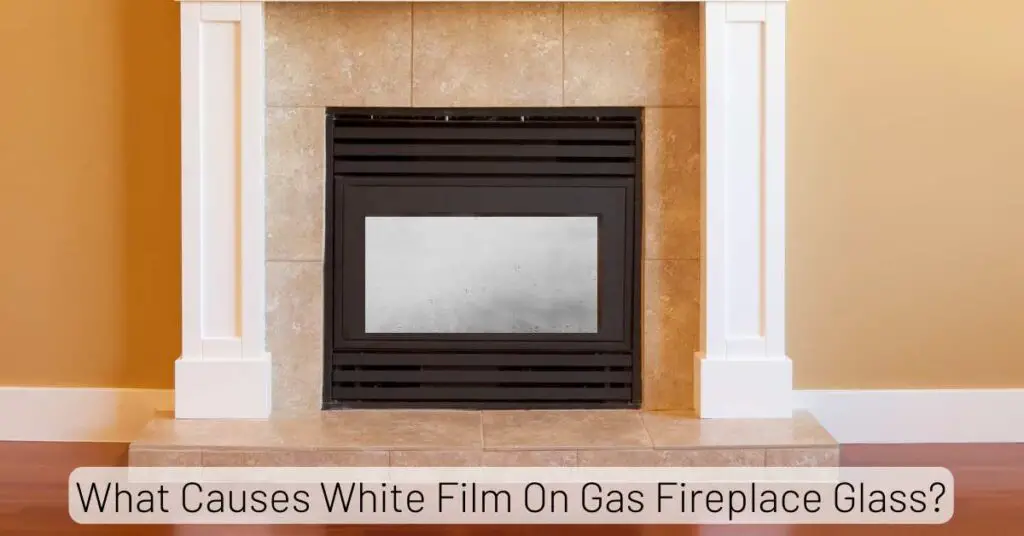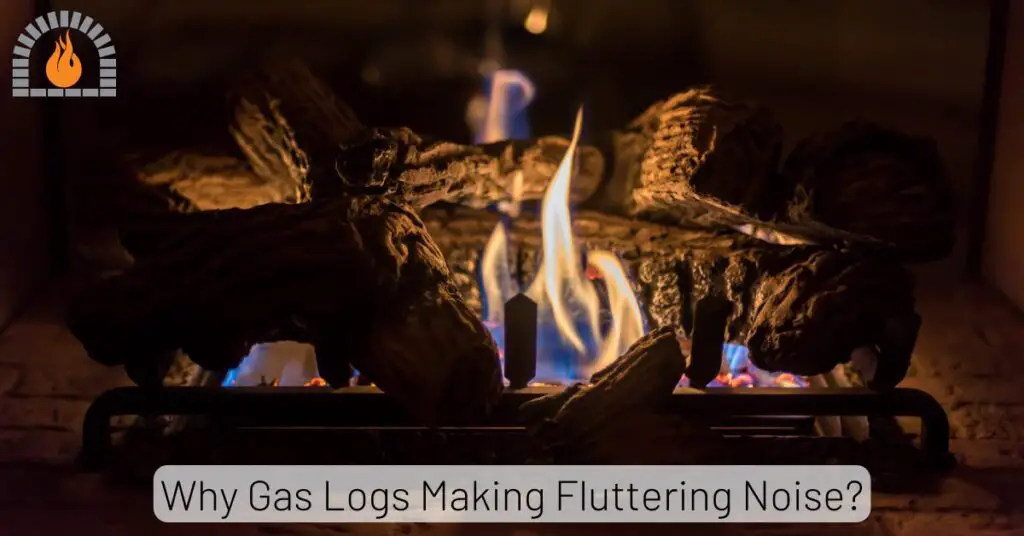Gas fireplaces are a convenient and efficient way to heat your home, providing warmth and ambiance without the hassle of wood-burning systems. However, like any appliance, they require maintenance to keep them running smoothly. One of the most critical components of a gas fireplace is the pilot assembly.
If your gas fireplace isn’t working properly, chances are the pilot assembly is to blame. In this guide, we’ll dive into common pilot assembly issues and provide easy fixes to keep your fireplace functioning safely and efficiently.
What Is a Gas Fireplace Pilot Assembly?
The pilot assembly is an essential part of your gas fireplace. It serves as the ignition source for the main burner and ensures the fireplace operates safely. Without a properly functioning pilot assembly, your fireplace won’t light or may pose a safety risk.
Components of a Pilot Assembly:
- Pilot Light: A small flame that ignites the gas coming from the burner.
- Thermocouple: A safety device that detects whether the pilot light is lit and allows gas to flow to the burner.
- Thermopile: Converts heat from the pilot light into electrical energy to ignite the gas valve.
69L17 Pilot Assembly Natural Gas
How Does the Gas Fireplace Pilot Assembly Work?
The pilot assembly in a gas fireplace is a crucial component that ensures both safe and efficient operation. It consists of several key parts, including the pilot flame, thermocouple, and thermopile. The pilot flame is a small, continuous flame that ignites the gas flowing to the main burner.
When the fireplace is turned on, gas is supplied to the pilot assembly, and if the pilot light is lit, it heats the thermocouple. This heating generates a small electrical current that keeps the gas valve open, allowing gas to flow to the main burner.
The thermocouple acts as a safety mechanism; if the pilot light goes out, it cools down, stops generating electricity, and causes the gas valve to close, preventing any further gas from flowing and eliminating the risk of leaks.
Many systems also include a feature that allows for temporary gas flow to reignite the pilot safely if it extinguishes.
Why Is the Pilot Assembly Crucial for Your Fireplace?
The gas fireplace pilot assembly is crucial for the operation of a gas fireplace, serving as both an ignition source and a safety mechanism. It consists of a small, continuous flame known as the pilot light, which is essential for igniting the main burner when the fireplace is turned on.
Without a properly functioning pilot light, the fireplace cannot produce heat or create the desired ambiance, as it would fail to ignite the gas flowing from the main burner. The pilot light remains lit even when the fireplace is not in use, ensuring immediate ignition when needed and preventing dangerous gas buildup that could lead to explosions if the main burner is activated without an active flame.
Signs of a Faulty Pilot Assembly
- The pilot light won’t stay lit.
- The flame is weak or flickering.
- Difficulty igniting the fireplace.
- The fireplace shuts off unexpectedly.
Gas Fireplace Pilot Assemblies Common Issues & Fixes
1. Pilot Light Won’t Stay Lit
Causes:
- Faulty Thermocouple:
- The thermocouple is a safety device that senses the pilot flame. If it malfunctions, it may shut off the gas supply, causing the pilot light to extinguish.
- Clogged Pilot Orifice:
- Over time, debris can block the orifice, preventing adequate gas flow.
- Airflow Issues:
- Excessive drafts can blow out the pilot light. This may be caused by open windows or vents.
Fixes:
- Ensure that the main gas valve is fully open and that there are no obstructions in the gas line.
- Look for dirt or debris obstructing the pilot assembly. Clean it using a soft brush or compressed air to ensure proper airflow.
- If the thermocouple is faulty, it may need to be replaced to restore functionality.
2. Weak or Flickering Pilot Light
Causes:
- Clogged Pilot Orifice:
- A blockage can lead to an inconsistent flame.
- Improper Ventilation:
- Insufficient airflow can affect combustion and lead to a weak flame.
Fixes:
- Turn off the gas supply and clean the orifice with a small wire brush or needle to remove any blockages.
- Ensure that there are no drafts affecting the pilot light. Check that all vents are properly sealed and functioning.
3. Ignition Problems
Causes:
- Ignition Switch Failure:
- A malfunctioning switch can prevent ignition.
- Remote Control Issues:
- If your fireplace has a remote, dead batteries or faulty connections could be the problem.
Fixes:
- Ensure that it is functioning correctly. Replace it if necessary.
- Replace batteries and ensure proper connection for remote-controlled units.
4. Dirty Pilot Light Assembly
Causes:
Accumulation of dust, soot, or spider webs can obstruct the pilot light’s operation.
Fixes:
Periodically clean the pilot assembly to prevent buildup that could interfere with flame stability. Use a soft brush to gently remove any debris.
5. Gas Supply Issues
Causes:
Low gas pressure or closed valves can prevent proper gas flow.
Fixes:
Check that other gas appliances are functioning to confirm that gas is available. If not, contact your utility provider for assistance.
6. Worn-out Components
Causes:
Over time, components of the pilot assembly can degrade, leading to operational issues.
Fixes:
Inspect Components for Wear and Tear: Look for any signs of damage in fittings or connections. Replace worn-out parts as necessary.
Preventive Maintenance Tips
Maintaining your gas fireplace pilot assembly can help prevent common issues and keep your fireplace functioning safely and efficiently. Preventive care is key to extending the life of your fireplace and avoiding costly repairs.
Regular Cleaning and Inspection
One of the simplest ways to maintain your pilot assembly is by regularly cleaning it. Dust, dirt, and debris can clog the pilot orifice, causing the flame to weaken or go out.
- Turn off the gas supply before cleaning.
- Use compressed air to clear out any dust from the pilot orifice.
- Check the thermocouple and thermopile for soot buildup and clean with a wire brush if necessary.
Tip: Aim to clean your gas fireplace at least once a season, especially before the winter months when it will be used more frequently.
Checking for Gas Leaks
Gas leaks are a serious safety concern. Regular inspections can help you catch leaks early and prevent dangerous situations.
- Turn on the gas and use a gas leak detector spray or soapy water around the gas connections.
- If you see bubbles forming, you have a gas leak.
- Immediately turn off the gas and call a professional to fix the issue.
Professional Servicing
Even if you perform regular maintenance, it’s essential to have your gas fireplace professionally inspected at least once a year. A professional technician can spot issues you might miss and ensure your fireplace is safe to use.
When to Call a Professional?
While many pilot assembly issues can be fixed with basic troubleshooting, some problems require a professional’s expertise. Attempting to fix complex issues on your own can be dangerous and may result in further damage.
When to Seek Professional Help:
- If you detect a gas leak
- If the thermocouple or thermopile needs replacement but you’re unsure how to do it safely
- If your pilot light won’t stay lit despite cleaning and adjusting
- If your fireplace shuts off unexpectedly and you can’t identify the cause
A licensed technician will have the tools and experience to diagnose and repair your gas fireplace safely.
FAQs
Why does my pilot light keep going out?
The pilot light may go out due to a dirty or clogged pilot orifice, a faulty thermocouple, or low gas pressure. Cleaning the pilot orifice and checking the thermocouple can usually resolve this issue.
How often should I clean my gas fireplace pilot assembly?
It’s recommended to clean your gas fireplace pilot assembly at least once a year, preferably before the winter season. If you use your fireplace frequently, consider cleaning it more often.
Can I replace the thermocouple myself?
Yes, replacing a thermocouple is a relatively simple DIY task. However, if you’re unsure about handling gas components safely, it’s best to call a professional.
What color should the pilot flame be?
A healthy pilot flame should be blue and steady. If the flame is yellow, weak, or flickering, it may indicate a problem with the pilot assembly.
How do I know if the thermopile is bad?
Signs of a bad thermopile include the pilot light staying on, but the main burner failing to ignite. You can test the thermopile with a multimeter to check its voltage output.
Affiliate Disclosure: Fireplaceadviser.com is a participant in the Amazon Services LLC Associates Program. We may earn a commission when you click on certain links on this site and purchase.

Hello!! I am Jamal Khan. I often fix my home electric heaters and gas stove problems and research the common issues in the heating units to improve my knowledge and expertise. The aim of establishing fireplaceadviser.com is to share my expertise and knowledge with my audience.

